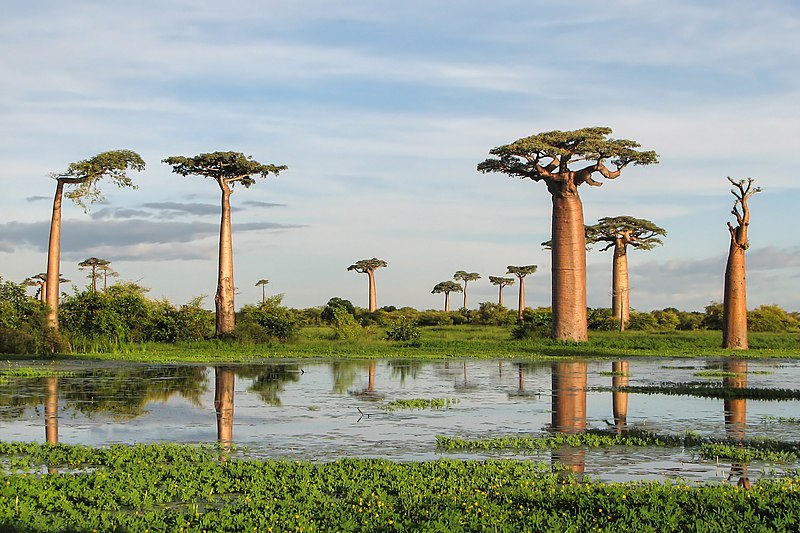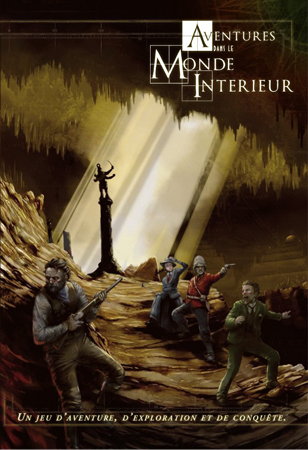This spacecraft design isn't steampunk, it's a modern design concept. Read the article. Then put on your thinking caps. The names mentioned below are all historical. I've taken the liberty of shifting people chronologically since I'm using them as analogously rather than particular individuals. No imaginary technologies - just pushing known ones to the extreme. "We steam engine come steam engining time".
Design
The Victorians had the materials technology to handle superheated steam. Watt could have extended his design work to further miniaturize engines while continuing to increase their efficiency & output. Solar-powered devices were demonstrated in ancient China. Practical experiments were going on by the mid-19th c. Surely in a Steampunk AH someone like Tesla could have pursued these lines of research even further. Add an imaginative pair of bicycle mechanics interested in building ultralight vehicles. It's not too much of a stretch to imagine Brunel putting together a a team of boffins &engineers. Designing & building such a craft becomes far plausible than the existence of Cavorite. Definitely more maneuverable than anything designed by the Baltimore Gun Club.
The chief difficulty as a practical form of transport would be the extremely slow starting speeds. Picture our solar energy boffin having a conversation with Griffeths about the design of extreme clippers. Fortuitously he had recently been reviewing the work of Carrington, Fitzgerald and Birkeland on solar ejecta & auroral activity. Solar wind! Add sails of sufficient thinness, yet with great tensile strength & dimensional stability. Brunel would probably have to consult Monell on the creation of a special alloy. But a practical design for an aetheric packet ship is achieved.
Docking & Launch Facilities
We have the design & the construction. But such a craft could not launch itself from the Earth. Even Barbicane could not find a way for it to survive the pressure of a ballistic launch. Consult Tsiolkovsky. Add Eiffel (structural design) to the team. Would probably need Shukhov & Fuller to get past the limitations of compression structures. Otis converts Clegg and Samuda's patented system of atmospheric traction to vertical shafts. Have Watt build them a stationary engine to drive the pulleys & the vaccum pumps - probably using a sun & planet gear system.
I. K. Brunel before the counterweight chain used by the freight lift during construction of the 35 km. tower near the hill station at Sigiriya.
Funding
Brunel could certainly find & mange the brilliant team required. But who could fund a megaengineering project requiring international cooperation? The Morgan-Rothschild Investment Partnership, LLC of course. With Lloyd's as guarantor. If they prove too conservative to invest the author of
The Dynamics of An Asteroid would certainly have the imagination, scientific and practical interest & resources.
Now if i can only keep people like Stirling, Jeter & Barnes from hearing about this.













